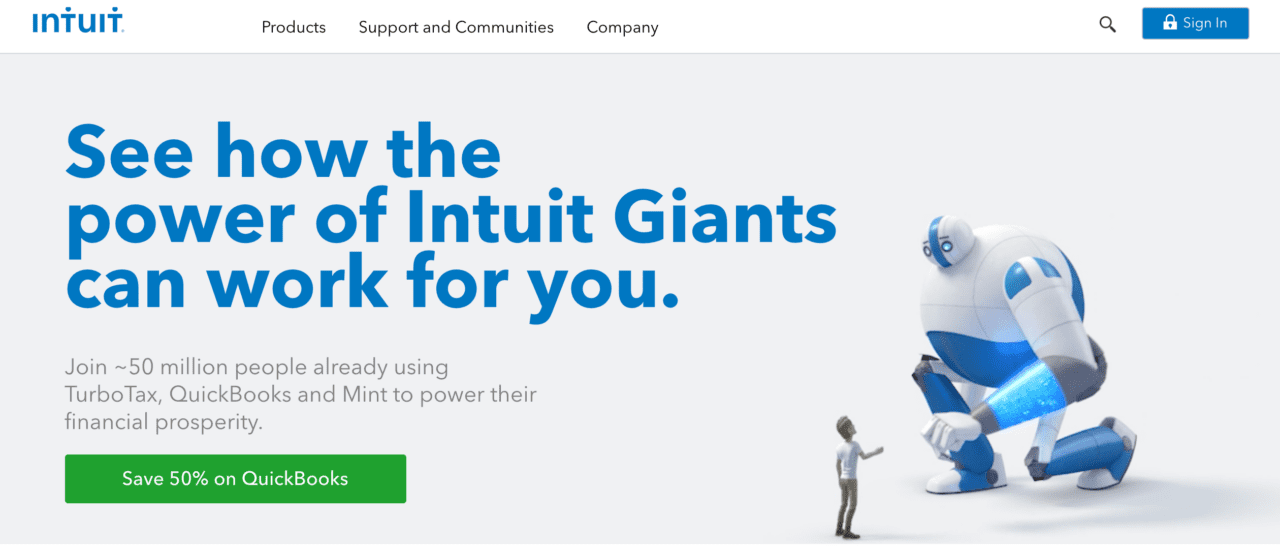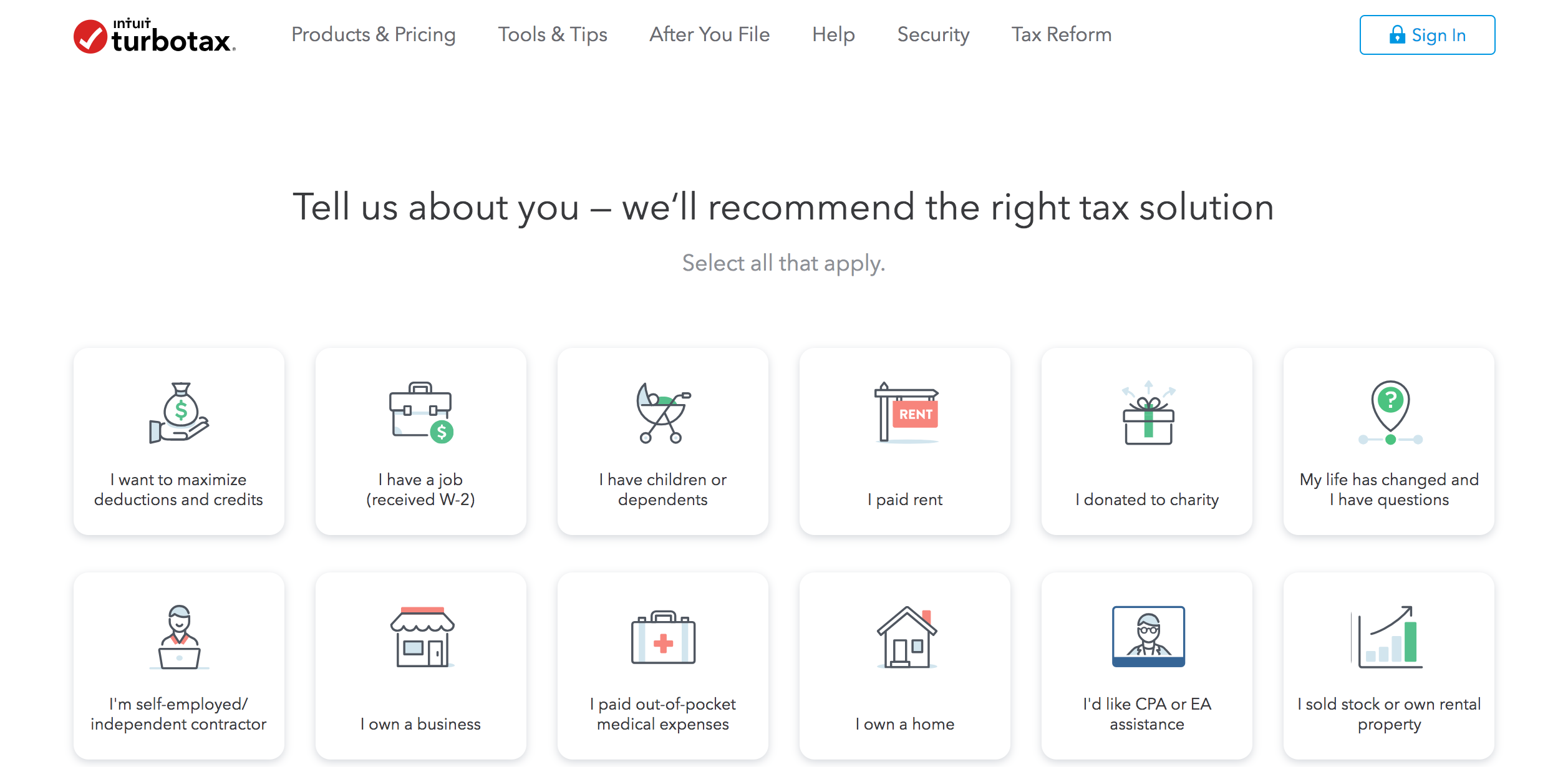
Wealth management provider Wealthfront is extending its relationship with digital bank and banking-as-a-service provider Green Dot this week.
Wealthfront originally tapped Green Dot in 2020 to use the company’s banking-as-a-service tools to offer its Cash Account clients access to checking features. Today, the two announced they are continuing the relationship.
Wealthfront’s Cash Account leverages Green Dot to offer features competitive with other digital banks, including the ability to receive direct deposits up to two days early, pay bills, send and deposit checks, and use a debit card to access cash at ATMs. The account requires a $1 initial deposit, offers unlimited free transfers, automated savings features, near-instant transfers into Wealthfront’s Investment Accounts, and more.
Additionally, Wealthfront’s Cash Accounts pay a 3.80% APY, a huge improvement over what most firms were offering during the recent near-zero interest rate environment. The competition among digital banking providers has intensified, and competing on interest rates will be a good way for these newcomers to gain new customers and increased deposits. That’s because many large traditional banks are paying an average of just 0.24% APY.
Other players in the wealth management space are also currently offering high interest rates on their checking accounts. Personal Capital just announced it will pay 3.85% and Betterment is paying 3.75% on its high-yield account.
“Today’s investors want smart saving and investing products that help them build wealth in all market conditions, which is why we’re proud to offer the Cash Account to help our clients earn more on their uninvested savings,” said Wealthfront VP of Product Dave Myszewski. “With one of the highest rates on the market plus checking features powered by Green Dot, we’re able to provide a best-in-class Cash Account that is far superior to what a traditional bank can offer, so our clients can grow their long-term wealth easily and conveniently.”
Wealthfront had a hopeful start to 2022 when UBS agreed to acquire the California-based company for $1.4 billion in January. Nine months later, however, UBS called off the agreement because of “unspecified regulatory concerns.” Along with the termination, UBS gave Wealthfront $70 million in financing at a $1.4 billion valuation. “With this fresh round of funding under our belt along with the ability to begin self-funding the business, we are committed to building a lasting company that positively impacts the lives of our clients for decades to come,” said Wealthfront Chief Executive Officer David Fortunato.














